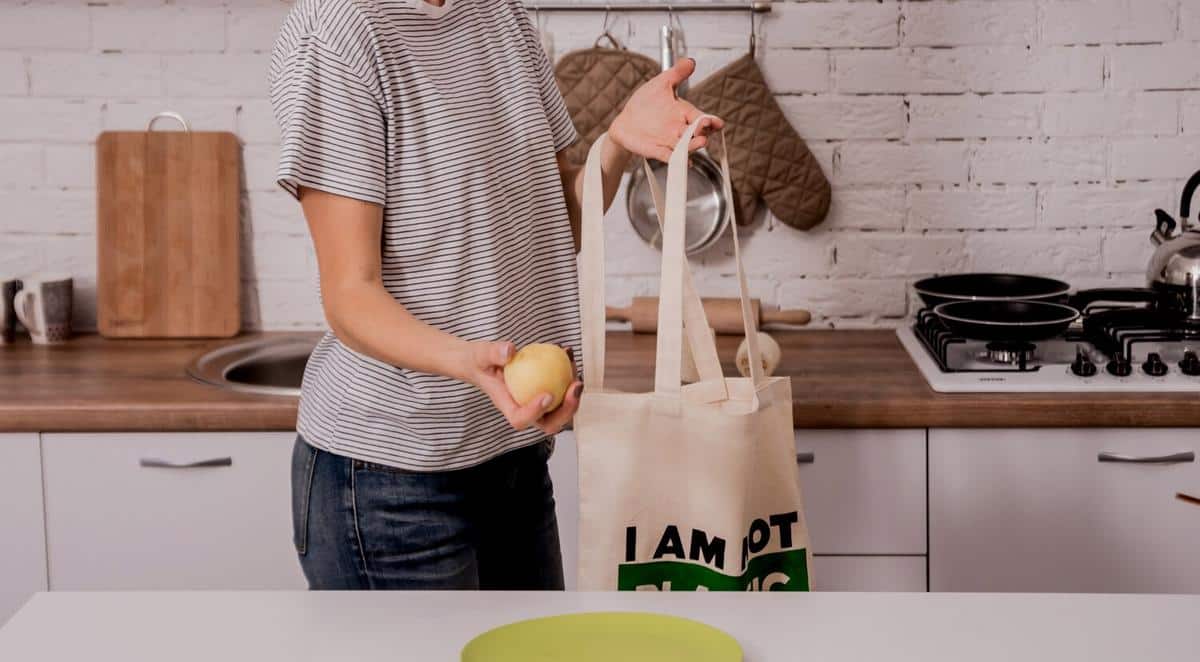
How to Create a Zero-Waste Kitchen
Transitioning to a zero-waste kitchen is not just a trend; it’s an essential step towards sustainable living that benefits both the planet and your wallet. By minimizing waste, you can contribute to a healthier environment and cultivate a more mindful approach to consumption.
Creating a zero-waste kitchen involves rethinking how we shop, store, and dispose of food and other kitchen items. This transformation can be achieved by incorporating a few strategic changes that reduce waste and promote sustainability.
Understanding the Impact of Kitchen Waste
The Environmental Protection Agency reports that food waste accounts for approximately 30% of the waste stream, highlighting the significant impact that a zero-waste kitchen can have on reducing landfill contributions. Adopting a zero-waste lifestyle involves conscious choices, as emphasized by experts in sustainability. For example, environmental advocate Bea Johnson suggests starting with small changes to make the process manageable.
Steps to a Zero-Waste Kitchen
1. Assess Your Current Waste
Begin by examining the types of waste you generate. Keep a journal for a week to note what you throw away most often, whether it’s food scraps, packaging, or single-use items.
2. Buy in Bulk
Purchasing items in bulk using reusable containers can significantly cut down on packaging waste. Many stores offer discounts for bulk purchases, which can also be a cost-saving measure.
3. Compost Food Scraps
Setting up a compost bin can transform food scraps into nutrient-rich soil, perfect for gardening. According to the Composting Council, composting can divert up to 30% of household waste from the landfill.
4. Use Reusable Alternatives
Replace single-use items like paper towels and plastic wrap with reusable cloths and beeswax wraps. These alternatives not only reduce waste but also save money over time.
5. Plan Your Meals
Meal planning helps prevent food waste by ensuring you only buy what you need. This reduces the likelihood of food spoiling before it’s used.
| Reusable Item | Single-Use Equivalent | Environmental Benefit |
|---|---|---|
| Cloth Napkins | Paper Napkins | Reduces paper waste |
| Glass Jars | Plastic Containers | Lower plastic pollution |
| Beeswax Wraps | Plastic Wrap | Biodegradable alternative |
| Metal Straws | Plastic Straws | Reusable and durable |
| Compost Bin | Trash Bin | Reduces landfill waste |
| Bamboo Utensils | Plastic Utensils | Biodegradable option |
| Reusable Bags | Plastic Bags | Decreases plastic use |
| Silicone Baking Mats | Parchment Paper | Reusable and long-lasting |
FAQ
What are the most common items to replace in a zero-waste kitchen?
Common items include plastic wrap, paper towels, and single-use plastic containers. Opting for reusable alternatives can make a significant difference.
How can I reduce food waste in my kitchen?
Meal planning, proper food storage, and composting are effective strategies to reduce food waste.
Is it expensive to transition to a zero-waste kitchen?
While some initial investments might be necessary, such as buying reusable containers, these can lead to savings over time by reducing the need for disposable items.
Conclusion
Creating a zero-waste kitchen is an achievable goal that offers numerous benefits. By making mindful choices and adopting sustainable practices, you can significantly reduce waste and contribute to a healthier planet. Start with small changes, and gradually expand your efforts for a lasting impact. For more resources on sustainable living, explore websites such as Green America and Zero Waste Home.


